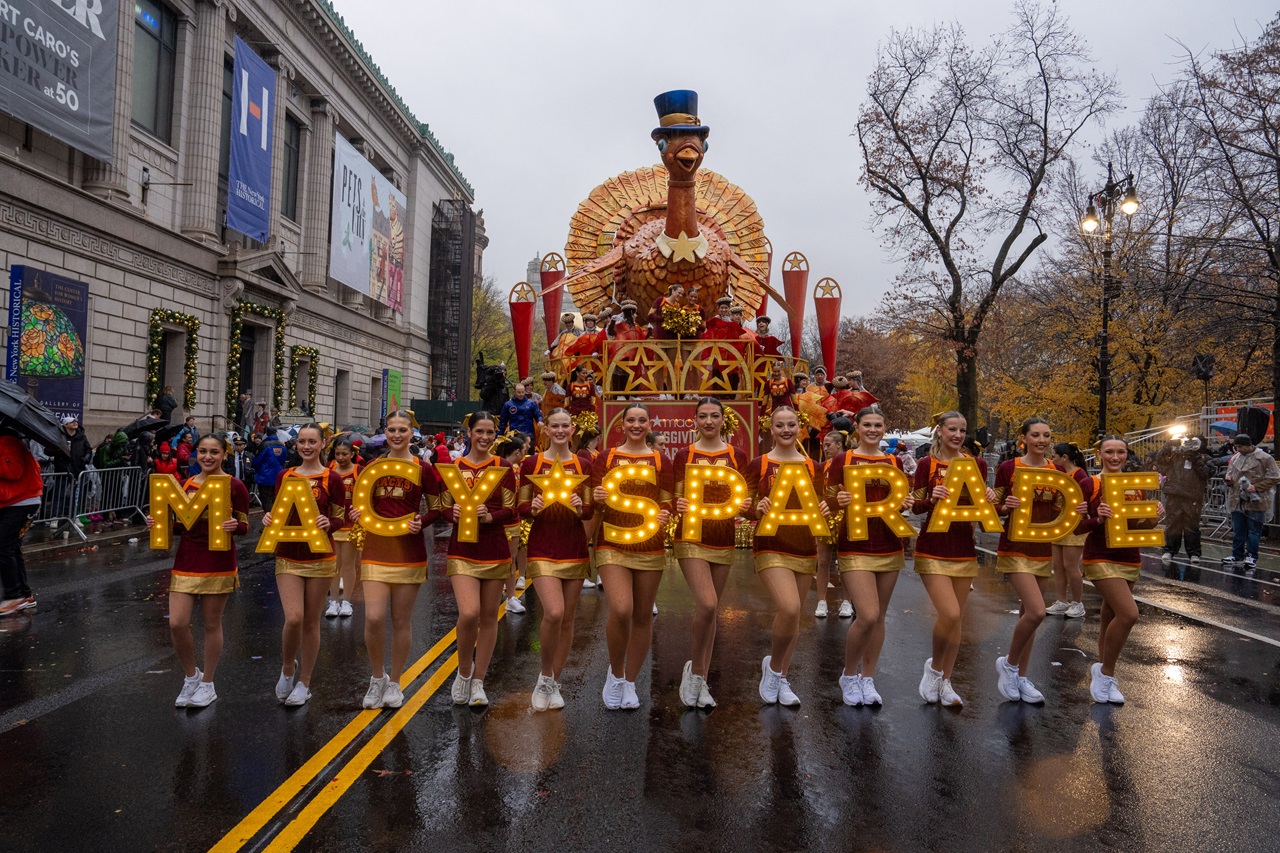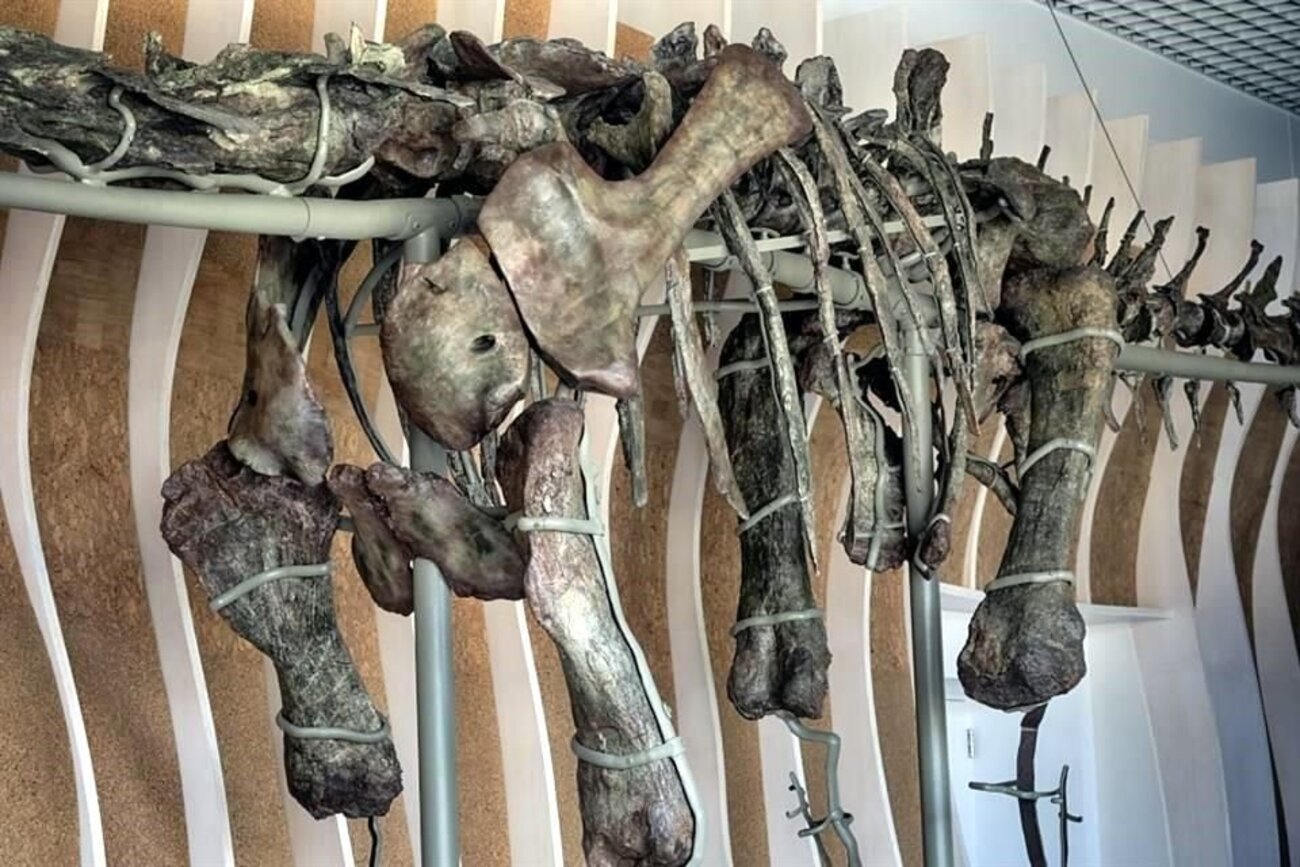
On Exhibit: The Green-Boned Dinosaur in Los Angeles
Gnatalie: The Green-Boned Dinosaur to Be Exhibited in Los Angeles
The Natural History Museum of Los Angeles is preparing to showcase "Gnatalie," a one-of-a-kind dinosaur known for the unusual green coloration of its bones. This specimen, belonging to a long-necked sauropod, stands out not only for its size but also for the exceptional conditions that led to the coloring of its skeleton.
In 2007, a team of researchers from the Natural History Museum of Los Angeles, led by Dr. Luis Chiappe, discovered Gnatalie's remains in the Badlands of Utah. The name "Gnatalie" (pronounced "Natalie") was chosen in reference to the swarms of gnats that plagued the excavators during the recovery of the fossils.
Skeleton Characteristics
Gnatalie is a sauropod that lived approximately 150 million years ago, during the Late Jurassic period. Its skeleton, measuring over 22 meters (72 feet) in length, is the most complete of its kind on the U.S. West Coast.
What truly sets Gnatalie apart is the green coloration of its bones, caused by the infiltration of the mineral celadonite during fossilization. This phenomenon is exceedingly rare, as celadonite forms under volcanic or hydrothermal conditions that typically destroy buried bones.
Exhibition at the Museum
Starting in the fall of 2024, visitors to the Natural History Museum of Los Angeles will be able to admire Gnatalie in the museum's new welcome center. This exhibit will allow the public to appreciate the magnitude and uniqueness of this green-boned dinosaur, offering an educational experience on the diversity and complexity of prehistoric life.
Scientific Significance
The study of Gnatalie provides valuable insights into the diversity of sauropods and the geological conditions that enabled the exceptional preservation of its bones. Additionally, its public exhibition aims to inspire new generations to explore paleontology and understand the history of life on Earth.
In summary, Gnatalie is not only a testament to the richness of prehistoric life but also an example of how unique geological conditions can result in exceptional paleontological discoveries. Its upcoming exhibition in Los Angeles promises to be a milestone in scientific outreach and a unique opportunity for the public to encounter this remarkable green-boned dinosaur.










DEJE UN COMENTARIO:
¡Únete a la discusión! Deja un comentario.